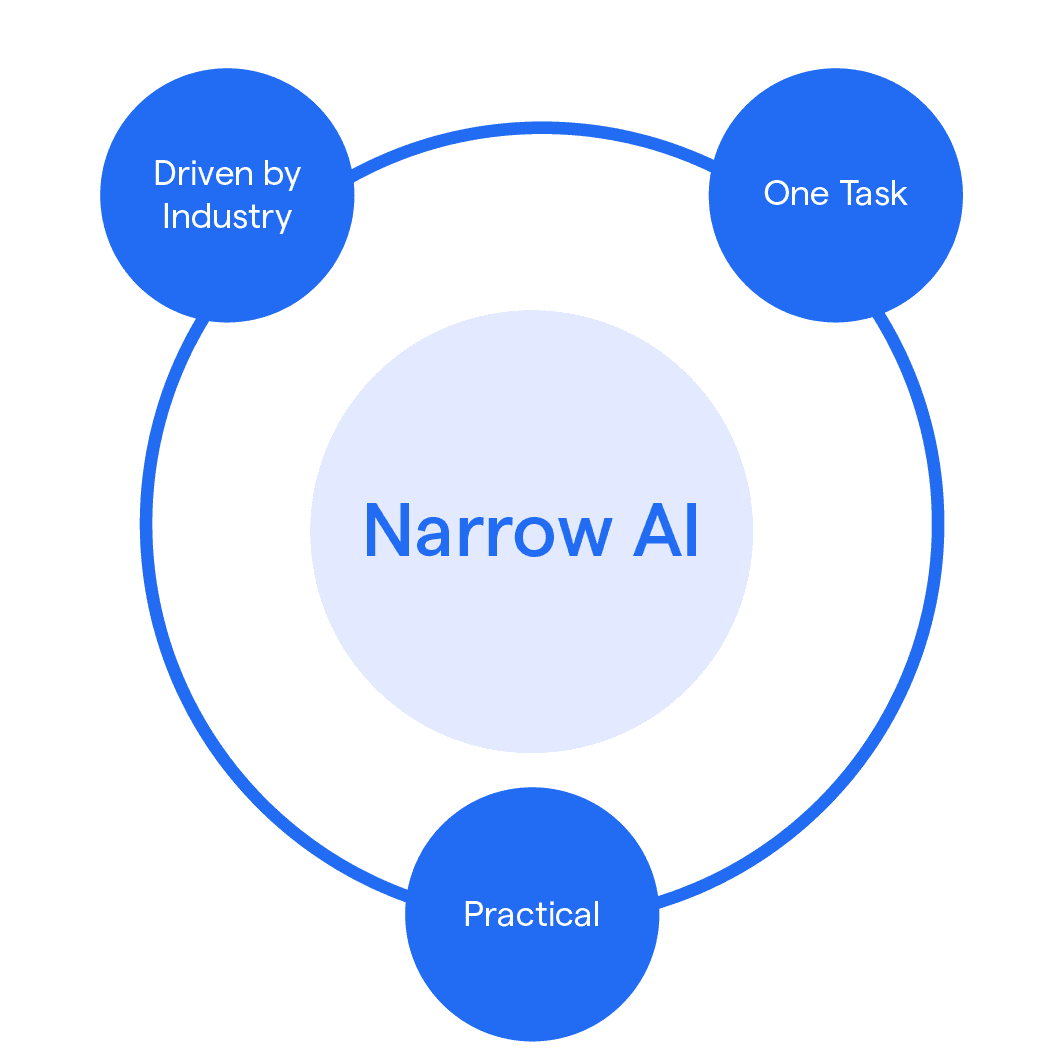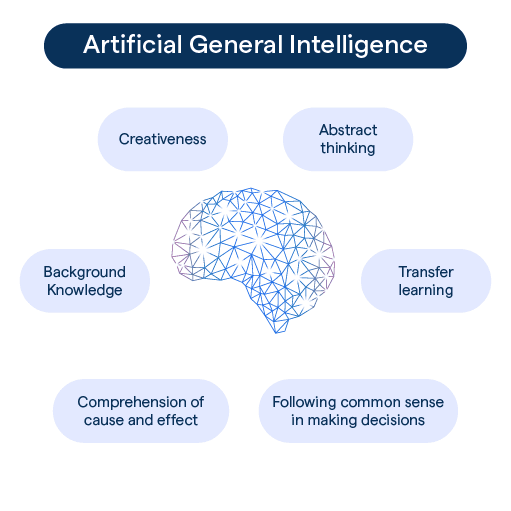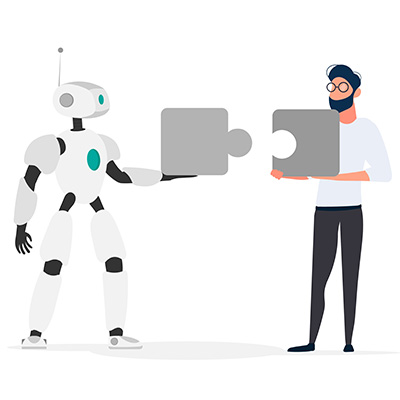Artificial Intelligence – the Human’s Final Invention?
![]()
この記事の目次
The Evolution of Intelligence
1.1 Intelligence and How It Works
Intelligence is the ability to learn, understand, apply knowledge, adapt to new situations, solve problems, and make reasoned judgments.
It includes many complex processes such as memory, problem-solving, decision-making, and language comprehension. By evolving over millions of years and by various factors, intelligence is becoming more and more developed.
1.2 Basic Intelligence
Early Life Forms: basic forms of intelligence, like bacteria could move toward or away from light or chemicals, a behavior known as taxis
Development of Nervous Systems: nervous systems allow species to respond to their environment
Brain Development: developing the brain structure and function helps species improve sensory processing, motor control, and survival strategies
1.3 Complex Intelligence
![]()
More Brain Development: a higher level of intelligence due to the further development of the cerebral cortex, allows for better memory, learning, social behavior, and problem-solving skills.
Huge Brain Development: human intelligence evolved rapidly with the development of larger brains, particularly the neocortex, this allows us to use tools, communicate by language, build social structures, culture,…
… and the next generation of intelligence that might be our last invention.
Artificial Intelligence (AI): intelligence is not only biological but also artificial. The development of AI represents a new evolution of intelligence, where machines can perform tasks that typically require human cognition.
From Narrow AI to General AI
✨Artificial Intelligence has made significant progress in the past decade and is increasingly impacting every aspect of life, making every activity easier. AI can be found everywhere from chatbots to virtual assistants such as Amazon Alexa, Google Assistant, ChatGPT, …
2.1 Narrow Artificial Intelligence
✨Narrow AI – also known as weak AI, is a form of artificial intelligence that focuses on only a few tasks and cannot go beyond its limits.
This form of AI targets only a subset of cognitive abilities, it’s becoming popular in people’s daily lives with the strong development of machine learning and deep learning. For example Apple Siri, Google Translate, or simple autocomplete text we usually see on websites.

2.2 Artificial General Intelligence
✨Artificial General Intelligence (AGI), also known as strong AI, is the ability to learn and understand any intellectual task that humans can do.
This form of AI allows a machine to apply knowledge and skills in different contexts. General AI has received a $1 billion investment from Microsoft through OpenAI.
In early 2023, the ChatGPT tool caused a fever shock with its incredible ability to chat, produce, synthesize, and summarize information.

✨The AGI is still not complete, is this the end?: ChatGPT is still just a machine that operates based on a huge amount of input data, and cannot yet form perception like humans.
✨Fujitsu (Japan) has created the K-machine – one of the most powerful computers in the world, still takes 40 minutes to represent the 1-second processing of our brain.
Humanity’s Final Invention
The human brain’s thinking ability is limited to a set of a few billion neurons, but it’s not a deal with the power of hardware.
In the case we can create something like a computer neuron network, we also have created the human-like capabilities machine considered the most advanced, powerful, and intelligent type of AI, which is called Super AI.
![]()
Machines with superintelligence are self-aware and can also think of abstractions and interpretations. And humans cannot because of their unlimited memory and neuron capacity.
Many experts say that superintelligence might perform all tasks better than humans. Some characteristics of super AI include the ability to think, solve real-world puzzles, and make judgments on their own.
✨Currently, this type of AI is still theoretical, and some people believe that the future will be dark if this type of AI becomes a reality.
AI Responsibly – its role in our future
AI can be programmed to our advantage; however, there lies a non-zero probability of super AI developing a destructive method to achieve its goals.
So, it’s very important to align human and AI goals.

Although many people continue to debate the risks of AI, the technology seems to be very beneficial. AI can revolutionize any professional sector, some responsibilities of AI include:
Enhancing human capabilities: solve problems, reduction in human error, always available 24/7,… AI can improve human abilities by providing tools for better decision-making, creativity, and problem-solving.
Replacing humans in risky tasks: overcome the risk by deploying AI robots to accomplish dangerous and complex tasks.
Taking society to the next level: transforming industries, and ensuring social equity, AI can also develop new policies and governance frameworks that address the ethical, legal, and societal implications that make every citizen happy because of its fairness.
What should we do at the moment?
Super AI hasn’t appeared yet, so we don’t need to worry about an AI takeover scenario.
But the explosion of Non-Super-AI already put humans before the choice of adapting or being eliminated, especially programmers, this is the true thing we should worry about.
Therefore, we need to learn more and adapt to new technologies. Also, leverage the benefits of artificial intelligence in our work and development processes.
✨Instead of fearing a future with Super AI (still quite distant) we should focus on improving ourselves and enhancing our skills, leaving behind greater value for society. In doing so, AI might not be our final invention anymore.
この情報は役に立ちましたか?
カテゴリー:



